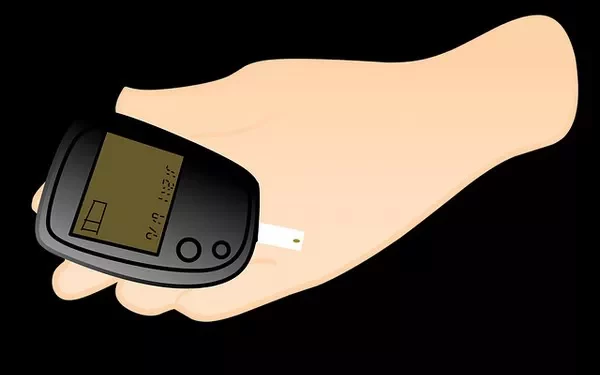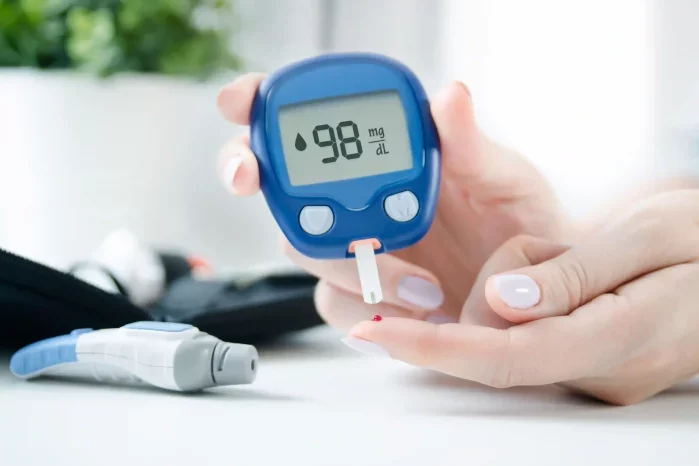Insulin resistance is a metabolic condition in which the body’s cells become less responsive to the hormone insulin. Insulin plays a crucial role in regulating blood sugar levels by facilitating the uptake of glucose into cells for energy. When cells are resistant to insulin, glucose accumulates in the bloodstream, leading to elevated blood sugar levels and potentially progressing to type 2 diabetes. The onset of insulin resistance can be influenced by various factors, including genetics, obesity, physical inactivity, and poor diet.
The Pathophysiology of Insulin Resistance
To understand how long it takes to break insulin resistance, it’s essential to delve into the underlying mechanisms. Insulin resistance often begins with the accumulation of excess fat, particularly visceral fat around the abdomen. This fat tissue releases inflammatory cytokines and free fatty acids, which interfere with insulin signaling pathways. As a result, the insulin receptors on the cells become less sensitive to insulin, requiring higher levels of the hormone to achieve the same effect.
Moreover, the pancreas compensates for this reduced sensitivity by producing more insulin, leading to hyperinsulinemia. Over time, the pancreatic beta cells may become exhausted, resulting in insufficient insulin production and the onset of type 2 diabetes.
Lifestyle Interventions for Reversing Insulin Resistance
Reversing insulin resistance requires a multifaceted approach, focusing on lifestyle modifications. The time frame for breaking insulin resistance varies from person to person, depending on the severity of the condition and the individual’s adherence to lifestyle changes. Here are some key strategies:
1. Dietary Modifications
One of the most effective ways to improve insulin sensitivity is through dietary changes. A diet rich in whole, unprocessed foods, such as vegetables, fruits, lean proteins, and healthy fats, can significantly impact insulin resistance. Specifically, a diet low in refined carbohydrates and added sugars helps reduce the demand for insulin.
Low-Carb and Ketogenic Diets
Low-carb and ketogenic diets have gained popularity for their potential to improve insulin sensitivity. By minimizing carbohydrate intake, these diets reduce the need for insulin, allowing the body to rely on fat for fuel. Studies have shown that such diets can lead to significant reductions in insulin levels and improvements in blood sugar control within a few weeks to months.
Intermittent Fasting
Intermittent fasting (IF) is another dietary approach that can enhance insulin sensitivity. By alternating periods of eating and fasting, IF helps regulate blood sugar levels and reduces insulin spikes. Research indicates that intermittent fasting can lead to improvements in insulin sensitivity within a few weeks, although individual results may vary.
2. Physical Activity
Regular physical activity is a cornerstone in the management of insulin resistance. Exercise enhances the uptake of glucose into muscle cells, independent of insulin. This effect can improve insulin sensitivity both acutely and in the long term.
Aerobic Exercise
Aerobic exercises, such as walking, jogging, cycling, and swimming, are particularly effective in improving insulin sensitivity. Engaging in moderate to vigorous aerobic activity for at least 150 minutes per week can yield significant benefits. Improvements in insulin sensitivity can be observed within a few weeks of consistent exercise.
Resistance Training
Resistance training, including weightlifting and bodyweight exercises, also plays a crucial role in reversing insulin resistance. Building muscle mass increases the number of glucose receptors on muscle cells, enhancing glucose uptake. Studies have shown that combining resistance training with aerobic exercise can have a synergistic effect, leading to faster improvements in insulin sensitivity.
3. Weight Management
Weight loss is a powerful tool for improving insulin sensitivity. Even a modest reduction in body weight, such as 5-10%, can lead to significant improvements in insulin resistance. The time required to achieve weight loss and break insulin resistance varies, but noticeable changes can occur within a few months of adopting a healthy diet and exercise regimen.
4. Stress Management
Chronic stress can contribute to insulin resistance by increasing the release of stress hormones like cortisol, which can raise blood sugar levels. Practicing stress-reducing techniques, such as mindfulness, meditation, yoga, and deep breathing exercises, can help mitigate the impact of stress on insulin sensitivity. Improvements in insulin sensitivity related to stress reduction may take several weeks to months, depending on the individual’s stress levels and coping mechanisms.
5. Sleep Quality
Adequate and quality sleep is essential for maintaining optimal insulin sensitivity. Poor sleep patterns and insufficient sleep can disrupt hormonal balance, leading to increased insulin resistance. Prioritizing good sleep hygiene, such as maintaining a regular sleep schedule and creating a conducive sleep environment, can improve insulin sensitivity over time. Changes in insulin sensitivity related to sleep improvement can be observed within a few weeks to months.
Medical Interventions for Insulin Resistance
In addition to lifestyle modifications, certain medical interventions may be necessary for individuals with severe insulin resistance or those who do not respond adequately to lifestyle changes alone. These interventions include medications and surgical options.
1. Medications
Several medications can help improve insulin sensitivity. Metformin is a commonly prescribed medication that reduces glucose production in the liver and enhances insulin sensitivity. Thiazolidinediones (TZDs) are another class of drugs that improve insulin sensitivity by targeting specific receptors in fat and muscle tissues. These medications can lead to improvements in insulin sensitivity within a few weeks to months.
2. Bariatric Surgery
For individuals with severe obesity and insulin resistance, bariatric surgery may be an option. Procedures such as gastric bypass and sleeve gastrectomy can lead to significant weight loss and improvements in insulin sensitivity. Studies have shown that insulin sensitivity can improve dramatically within a few weeks to months after surgery, often before significant weight loss occurs.
Monitoring Progress and Expectations
The time frame for breaking insulin resistance varies widely among individuals. Factors such as the severity of insulin resistance, the presence of comorbidities, and adherence to lifestyle and medical interventions all play a role. It is important to set realistic expectations and understand that reversing insulin resistance is a gradual process.
Monitoring Progress
Regular monitoring of blood sugar levels, insulin levels, and other metabolic markers is essential to track progress. Healthcare providers may use tests such as the fasting blood glucose test, oral glucose tolerance test (OGTT), and the hemoglobin A1c (HbA1c) test to assess improvements in insulin sensitivity.
Patience and Persistence
Breaking insulin resistance requires patience and persistence. While some individuals may experience noticeable improvements within a few weeks, others may take several months or longer. Consistency in following lifestyle changes and medical recommendations is key to achieving and maintaining improvements in insulin sensitivity.
See also: What Happens When You Have Insulin Resistance?
Conclusion
Reversing insulin resistance is a complex and multifaceted process that requires a combination of lifestyle modifications, medical interventions, and consistent monitoring. The time it takes to break insulin resistance varies widely among individuals, depending on factors such as the severity of the condition, adherence to interventions, and overall health status. By adopting a healthy diet, engaging in regular physical activity, managing stress, prioritizing sleep, and seeking medical guidance when necessary, individuals can make significant strides in improving insulin sensitivity and reducing the risk of type 2 diabetes. Remember, patience and persistence are essential on this journey toward better metabolic health.
Related topics:
What to Take for Insulin Resistance


























